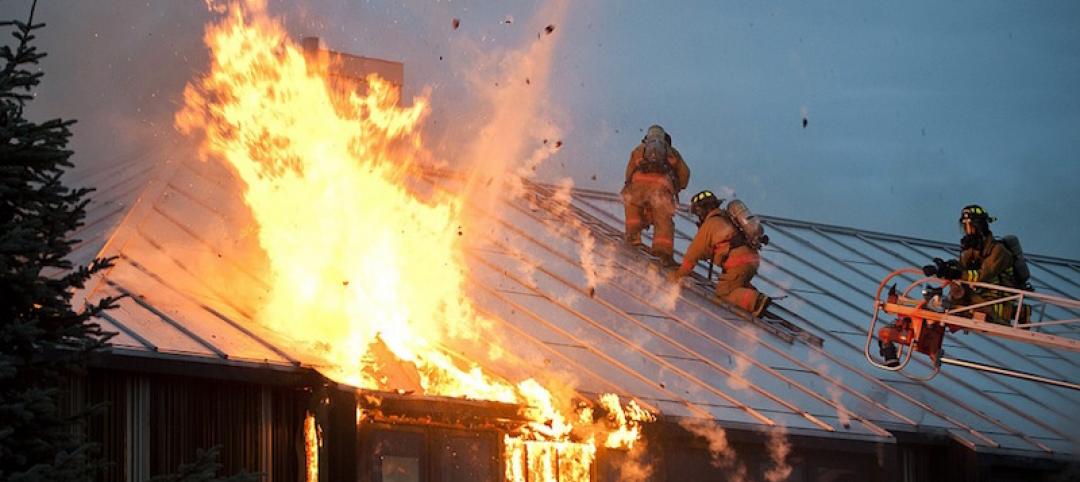The U.S. Department of Energy and the National Labs have released updated versions of their open-source, whole-building energy modeling tools: the EnergyPlus engine and the OpenStudio software development kit and application.
EnergyPlus V8.7.0 includes the following enhancements:
- New features to support residential modeling including a new attic duct model and the Kiva ground heat exchange model.
- Support for non-rectangular windows.
- A new generalized fan model.
- Enhanced plant auto-sizing.
- Full support for variable speed DX coils.
- Regular expression support in output variables for easier report generation.
- A refactored output module for improved performance.
The release also includes resolutions and fixes to 50 known bugs and issues.
OpenStudio 2.1.0 has a new feature, a completely revamped Parametric Analysis Tool (PAT) application. The interface has been rewritten in JavaScript to leverage the browser-based Electron framework. The back end also uses the new OpenStudio 2.0 Server architecture, including OpenStudio Command Line Interface (CLI), OpenStudio Meta-CLI, and the new OpenStudio Workflow (OSW) and OpenStudio Analysis (OSA) file formats. The new PAT supports both local and cloud-based execution and adds support for “algorithmic” workflows like uncertainty quantification, design optimization, large-scale parametric analysis, and model input calibration that can automatically generate large numbers of runs. Use of the new file formats means that the new PAT is not compatible with PAT 1.X projects.
More information about all of DOE’s energy modeling software and research projects can be found at https://energy.gov/eere/build
Related Stories
Codes and Standards | Aug 10, 2017
AAMA releases updated Standard Test Method for Water Penetration Using Dynamic Pressure
The update applies to windows, curtain walls, and doors.
Codes and Standards | Aug 9, 2017
UpCodes aims to make researching building codes, regulations easier through searchable app
App currently includes building codes of 40 states and New York City.
Codes and Standards | Aug 8, 2017
3D printing industry working to implement standards for products, processes
Additive Manufacturing Standardization Collective (AMSC) will develop industry-wide additive manufacturing standards and specifications.
Codes and Standards | Aug 7, 2017
Council on Tall Buildings and Urban Habitat to create standards to measure floor area
The standards will examine existing codes and regulations to find where they are too broad or contentious.
Codes and Standards | Aug 3, 2017
ASID headquarters is first space in the world to earn both LEED and WELL Platinum Certification
Washington, D.C. office is showcase for top levels of the two standards.
Codes and Standards | Aug 2, 2017
OSHA to release web-based injury and illness reporting form on August 1st
Employers can use the application to submit forms electronically.
Codes and Standards | Aug 1, 2017
Zoning that restricts housing construction also dampens other economic development
Land use restrictions reduce U.S. GDP by 9% annually.
Codes and Standards | Jul 27, 2017
Five fire scenarios tested on full-scale mass timber building
Results will help inform code changes.
Codes and Standards | Jul 26, 2017
New ISO standard on video fire detectors will help identify fires more quickly
The standard marks the first comprehensive international specification for this equipment.
Codes and Standards | Jul 25, 2017
Geotechnical solutions prevent building distress due to expansive clay soils
The condition is the most common geologic hazard in the U.S.














